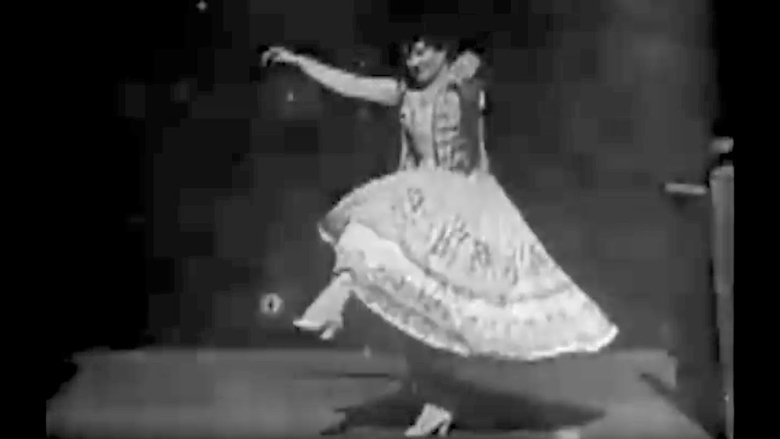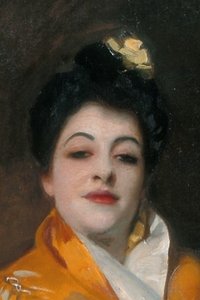Carmencita
Genres
Documentary
OverView
The first woman to appear in front of an Edison motion picture camera and possibly the first woman to appear in a motion picture within the United States. In the film, Carmencita is recorded going through a routine she had been performing at Koster & Bial's in New York since February 1890.
Others
Budget
$--
Revenue
$--
Status
Released
Original Language
Runtime
1 mins
Rating
5.151/10
Release Date
14 March 1894
Country
United States of America


